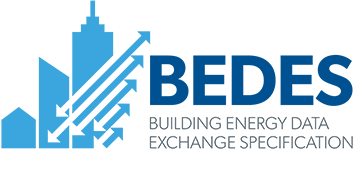|
Phase C |
|
View |
None |
|
Phase CA |
|
View |
None |
|
Phase CN |
|
View |
None |
|
Phase S1 |
|
View |
None |
|
Phase S1N |
|
View |
None |
|
Phase S1S2 |
|
View |
None |
|
Phase S1S2N |
|
View |
None |
|
Phase S2 |
|
View |
None |
|
Phase S2N |
|
View |
None |
|
PhD in Mechanical Engineering |
|
View |
None |
|
PHIUS+ |
Passive House Institute US. Super-insulated homes that have met certification requirements demonstrating minimal or no heating and cooling system. |
View |
None |
|
PHIUS+ Retro |
The PHIUS+ Certification program is the leading passive building certification program in North America. It's the only passive building certification that combines a thorough passive house design verification protocol with a stringent Quality Assurance and Quality Control (QA/QC) program performed on site by highly skilled and specialized PHIUS+ Raters. |
View |
None |
|
Photoluminescent |
Photoluminescent lighting is similar to self-luminous lighting, in that it does not use any energy, instead, photoluminescent matter emits light from the absorption of photons. |
View |
None |
|
Photosensor |
|
View |
None |
|
Photovoltaic |
Photovoltaic (PV) systems derive energy from incoming solar radiation that is dependent on time, quality of sunlight, and the mounted pitch. PV arrays can exists as facade systems and roofing systems. Facade systems include curtain wall products, spandrel panels, and glazings. Roofing systems include tiles, shingles, standing seam products, and skylights with option for fixed-tilt (non-adjustable) or sun-tracking (adjustable). PV systems can also exist on a premises off of the building envelope such as on the ground, awnings or carports. Types of applications include thin-film or PV modules. This DC power can be used, stored in a battery system, or transformed into AC electricity. |
View |
None |
|
Physical data port |
An integrated physical connection point primarily intended to accept non- IP data. For the purposes of this specification, a port must support one of the following media types to fit this definition: a) Universal Serial Bus (USB); b) Firewire; c) Thunderbolt; d) SATA; e) SCSI; or f) RS-232. |
View |
None |
|
Physical network port |
An integrated physical connection point primarily intended to accept IP or similar traffic via a cable. For the purposes of this specification, a port must support one of the following media types to fit this definition: a) Twisted Pair Copper (Ethernet, DSL); b) Coaxial Cable (DOCSIS); or c) Fiber Optic. |
View |
None |
|
Pier |
Common unit abbreviation: Pier |
View |
None |
|
Pike |
Commonly used street suffix or abbreviations: Pikes |
View |
None |
|
Pike |
Commonly used street suffix or abbreviations: Pikes |
View |
None |
|
Pilot light |
|
View |
None |
|
Pin base |
Pin base lamps have pins extending from the base that connect the socket. Electrical current then flows through the pins and into the lamp to energize the light source and generate light. Many lamp types are pin-based, including (but not all types): MR lamps, linear fluorescent lamps, some CFLs, and some HID lamps. |
View |
None |
|
Pine |
Commonly used street suffix or abbreviations: Pne |
View |
None |
|
Pine |
Commonly used street suffix or abbreviations: Pne |
View |
None |
|
Pines |
Commonly used street suffix or abbreviations: Pnes |
View |
None |


